Alcala de Henares
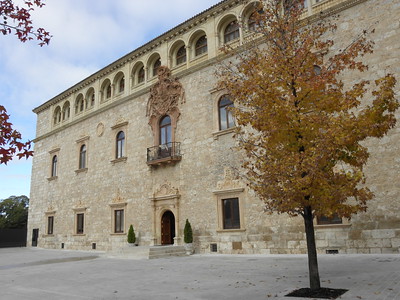
The University and Historic Precinct of Alcalá de Henares was the first city in the world to be designed as the seat of a university, by the concept of an Ideal City.
The primary objective of this University (from 1499) was to train administrators for the Church and for the Spanish Empire. It was at this university that the Spanish language was given its definitive grammatical structure. Alcalá is also the place of birth of the writer Miguel de Cervantes (Don Quixote).
Community Perspective: The city was much more important in the past than it is now, so a visit can be underwhelming. Recommended sights are the Archbishop’s Palace, the birthhouse of Miguel de Cervantes, and the Laredo Palace.
Ancient Nara

The Historic Monuments of Ancient Nara comprise the former Imperial Palace and Buddhist and Shinto religious buildings that show the evolution of Japanese architecture.
From 710-784, Nara blossomed as the capital of Japan. The city was planned according to geomantic principles. Its architecture profited from cultural links with China and Korea. The palace not only was the imperial residence but also had a large number of official buildings used for political and religious ceremonies.
Community Perspective: more manageable than nearby Kyoto, but it still is recommended to stay the night as there is lots to see. The main highlight is the oversized Todai-ji. Hubert has described all 8 inscribed locations.
Aquileia
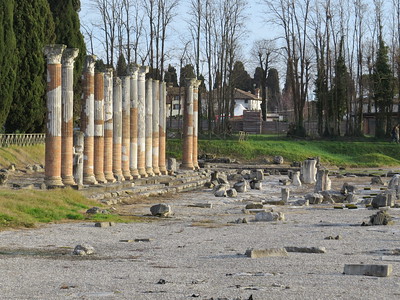
The Archaeological Area and the Patriarchal Basilica of Aquileia comprise the remains of a city from the Early Roman Empire, that continued to be of importance in the Christian era.
The Ancient Roman City, which was one of the largest and wealthiest of the early Roman Empire, is mostly unexcavated, with traces of the forum, the river port, tombs and residences visible above ground. The Patriarchal Basilica’s main feature is its original, 37x20m mosaic floor which dates back to a previous incarnation of the building from the 4th century.
Community Perspective: You come here to see the mosaics; fortunately they are well-preserved and well-displayed. Ian also tipped the 12th-century frescoes in the crypt below the apse of the Basilica, and Els has provided a comprehensive overview of all of Aquileia.
Choirokoitia
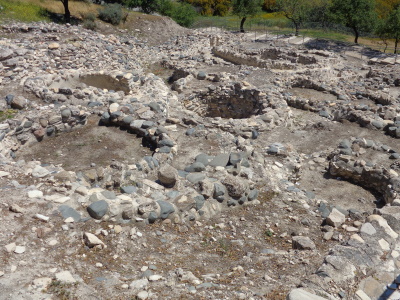
Choirokoitia is one of the most important prehistoric archeological sites in the eastern Mediterranean.
This only partially excavated site preserves the remains of a proto-urban settlement. It was founded around 7000 BCE, in the Neolithic, as the result of colonization from the Near East. The settlement consisted of circular houses, with the dead buried under the floors of the houses of their living relatives.
Community Perspective: “a jumble of stones”, but the replica circular huts/houses built next to the archaeological remains and the booklet on sale at the entrance help to better understand the concept.
Cilento and Vallo di Diano
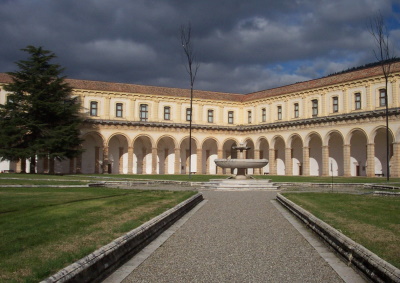
Cilento and Vallo di Diano National Park with the Archeological Sites of Paestum and Velia, and the Certosa di Padula comprises a cultural landscape that played an important role in Mediterranean trade, culture and politics.
The area has blossomed since prehistoric times when communication routes were established along the crests of its mountain ranges. Greek colonists left their mark in the form of the city of Poseidonia (Paestum), as did the Phocaeans with Elea (Velia). In the Middle Ages, feudal castles and religious buildings were added along the routes.
Community Perspective: This is a large area, best covered by car in a day or two. Paestum is its most outstanding component.
Classical Weimar
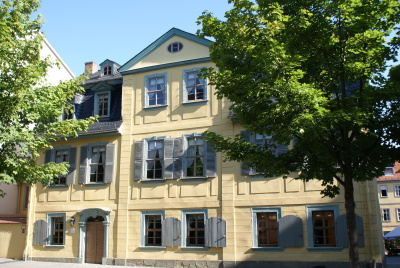
Classical Weimar reflects a period in history when this East German town was the cultural heart of Europe.
The creation of this ensemble of public and private buildings and parks was made possible by the Enlightened patronage of Duchess Anna Amalia and Duke Carl August. It attracted many leading writers and thinkers: Goethe made Weimar his home in 1775, and Herder and Schiller followed his example.
Community Perspective: It’s a small city with a lot to offer. All the buildings that are part of this WHS are within walking distance except for the Belvedere Castle. Try to get into the splendid Amalia Library as well.
Coa Valley and Siega Verde
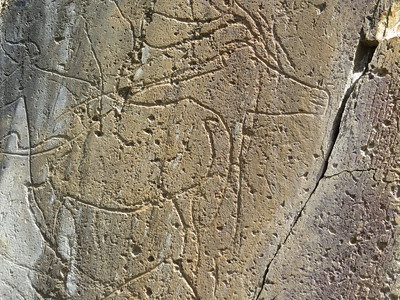
The Prehistoric Rock Art Sites in the Côa Valley and Siega Verde are representations of Palaeolithic art and the life of our early ancestors.
The rock engravings were made on cliffs in the open air along the Côa and Águeda river valleys. They depict mainly animals. The oldest engravings date from the Upper Palaeolithic (22,000-10,000 BCE).
Community Perspective: Go in the cooler months as it can get hot out there. Some of the Portuguese and Spanish components can be reached via official guided tours, and good explanations are provided on those. The engravings are “hard to appreciate without a magnifying glass and good sunlight.”
East Rennell
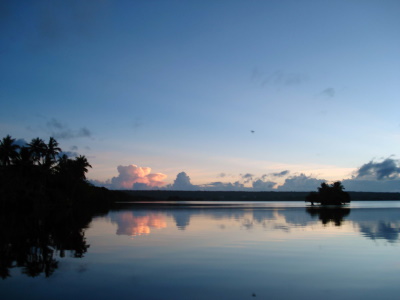
East Rennell is an important site for the science of island biogeography, being a stepping stone between Papua New Guinea and the Pacific islands.
Its relatively undisturbed state and the frequent occurrence of cyclones make it a true natural laboratory. The designated area comprises the southern portion of Rennell Island, the largest raised coral atoll in the world. Its Lake Tegano is the largest lake in the insular Pacific and contains a number of endemic species such as banded sea snake. The site also has a high number of endemic bird and insect species.
Community Perspective: from the Solomon Islands’ capital Honiara it takes a flight and a drive on an unpaved road to get there. The main tourist facilities are centered around Lake Tegano.
El Fuerte de Samaipata
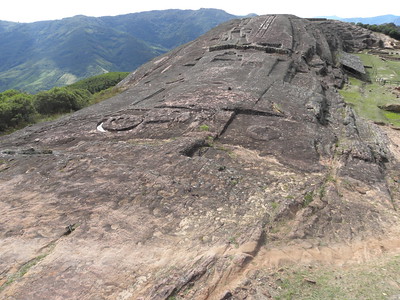
El Fuerte de Samaipata comprises a gigantic sculptured rock, made by a prehispanic Andean culture for ceremonial use.
The natural sandstone hill measures 200x600m, and is completely sculpted with felines, snakes, birds and geometrical motifs with a magical and religious character for the pre-Inca Chané people. Below it lies a former provincial capital of the Inca of a later date. It includes a central plaza, public buildings, houses and agricultural terraces.
Community Perspective: The site lies some 10km outside of the town of Samaipata, and can be reached via taxi or (hitch)hiking. Reviewers praise its setting, in the Amboro National Park, with great mountain vistas and abundant birdlife. The well-crafted trail around the site is self-guided and there are snacks and drinks available on site.
Flemish Béguinages
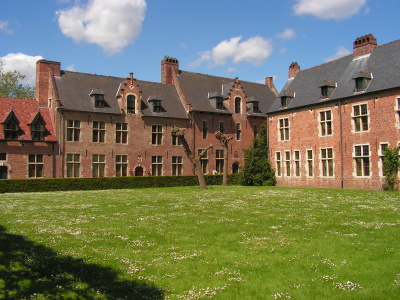
The Flemish Béguinages are secluded compounds made by a medieval religious movement.
The Beguines were women who entered into a life dedicated to God without retiring from the world. They founded the béguinages, communities enclosed by walls or ditches that opened their gates during the day. The béguinages held houses, churches, public buildings and gardens to serve their spiritual and material needs.
Community Perspective: these 13 béguinages all are fairly similar and there are many more in the Low Lands than those inscribed. Recommended are the large Groot Begijnhof of Leuven, the secluded beguinage of Kortrijk and the béguinage of Brugge. A visit can easily be combined with the Belfries WHS, as most Flemish towns with a belfry also have a béguinage.
Gardens and Castle at Kromeríz
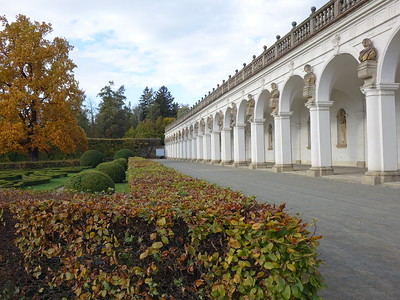
The Gardens and Castle at Kroměříž comprise a Baroque aristocratic ensemble of residence and pleasure garden.
The Pleasure Garden is a rare and complete example of a Baroque garden of Italian origin, of which the design has been influential across Central Europe. It stands out for its sculptures and use of water. The monumental Castle used to be the principal residence of the (arch)bishops of Olomouc. It houses a splendid art collection and richly decorated interiors. The adjacent Castle Garden, restyled in the Romantic landscape style, has exotic trees and architectural elements.
Community Perspective: It's best to walk through both gardens, with the Pleasure or Flower Garden and its loggia as the true highlight. You can skip the Castle interior at this “tiny poor version of Schönbrunn”, but Matejicek advises not to do so.
Golden Mountains of Altai

The Golden Mountains of Altai is a region with high plant diversity in Southern Siberia.
The mountains have several undisturbed glaciers and provide the source of main rivers like the Ob. It also holds Teletskoye Lake, the second largest in Siberia after Lake Baikal. The mountains are the habitat of several globally endangered mammals, such as the snow leopard and the Altai argali.
Community Perspective: This is apparently a popular tourist place in summer, they mostly come for Teletskoye Lake. Alexander has described what there is to see.
Grand Place, Brussels
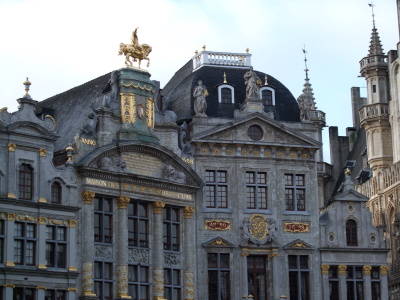
Grand Place, Brussels comprises a central square and a harmonious ensemble of surrounding buildings that represent the culture of this mercantile city from the late 17th century.
The rectangular marketplace has been in use since the late Middle Ages. It is now surrounded by buildings dating from the late 17th century. Most of them used to be guild halls, whose facades are decorated with statues, symbols and the house's name. There is no church; the Brabant Gothic City Hall is the most famous landmark.
Community Perspective: It’s always packed with tourists and the surroundings are quite tacky. Reviewers however appreciate its architecture, with the stone design that somehow looks like lace, and its atmosphere in the late afternoon and evenings. Jay planned his visit to coincide with the yearly display of a floral carpet.
Holasovice
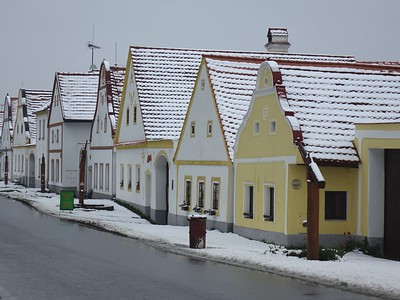
Holašovice Historic Village is a traditional central European village that has preserved its typical vernacular architecture from the 18th and 19th centuries.
The village consists of 23 similar farmsteads, arranged around a rectangular village green with a chapel and a fish pond. The farms are decorated with stucco and painted in different colours in a style known as South Bohemian “Folk Baroque”.
Community Perspective: An hour is more than enough to take it all in. The farmhouses look pretty (even prettier in the snow) and are well-maintained. There is a visitor center and Farmhouse number 6 holds a small museum.
Ir. D.F. Woudagemaal
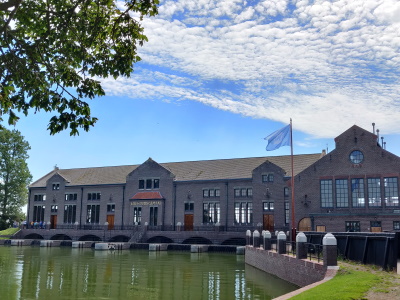
The Ir.D.F. Woudagemaal (D.F. Wouda Steam Pumping Station) is the largest steam-pumping station ever built and is still in operation.
Opened in 1920, it used the most advanced steam technology for water management. It was developed to prevent flooding in the low-lying areas of Friesland. The site consists of the pumping station, in- and outlet sluices, the drainage canal, and a series of sea dykes. It set the standards for hydraulic engineering around the world.
Community Perspective: the machinery is kept in excellent condition by volunteers, who also act as enthousiastic, detail-oriented, and not-always-perfect-English-speaking guides. There’s a visitor center with a good introduction video as well, and you can admire the large engine hall which is a fine example of the Amsterdam School of Architecture.
Karlskrona
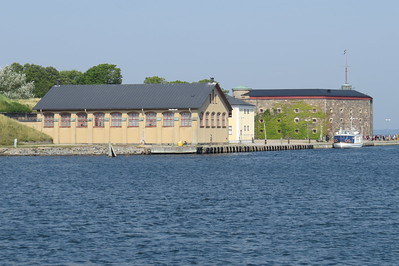
The Naval Port of Karlskrona is an exceptionally well-preserved and complete example of a European naval base, as it was unaffected by wars or battles.
The 17th-century port, which is still in use, lies on different islands in an archipelago in the Baltic Sea, where it held a strategic position with short sailing distances to the German and Baltic provinces. Most of the baroque buildings from this era are still standing, which is why the city centre is architecturally uniform. The shipyard in Karlskrona was established almost at the same time.
Community Perspective: Just wandering around town, the historic naval aspects don’t come across that strongly. A tour to Kungsholmen Fortress, which is still today operated by the Navy so you need a special permit to visit, could solve this, but no reviewer so far has managed to get in.
L'viv
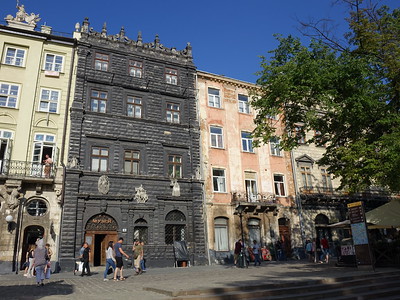
L'viv - the Ensemble of the Historic Centre represents a late medieval crossing point of cultures and architectural traditions.
The trade routes in the Middle Ages attracted a number of ethnic groups with different traditions: Ukrainian, Armenian, German, Jewish, Polish, Italian and Austrian. These groups lived in separate yet interdependent communities, and left their own religious and artistic marks on its historic centre and in St. Yuri’s Cathedral.
Community Perspective: L’viv is worth visiting for its lively atmosphere alone. Among its highlights are the Armenian Cathedral, the Boim Chapel and the merchants’ houses at Rysnok Square.
Lyon
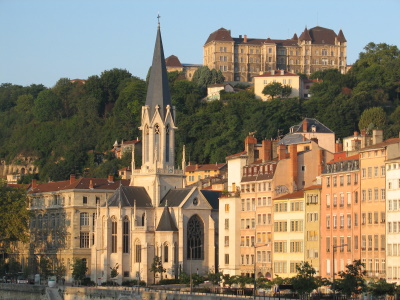
The Historic Site of Lyon, a flourishing trading city since Roman times, has preserved its architecture and urban planning over many centuries.
Lyon owes its continuous prosperity to its strategic location at the confluence of the Rhône and Saône rivers. The city was known especially for the silk trade, but it also held important financial institutions and an early printing industry. Over time, its urban plan expanded but without destroying earlier areas or buildings.
Community Perspective: A lovely city that gives a great impression of French culture (it has great restaurants too!), so a perfect destination for a weekend trip. Instead of great monumental buildings, the highlight here is the urban plan itself with the traboules, the secret passageways, as particularly characteristic.
Paquimé
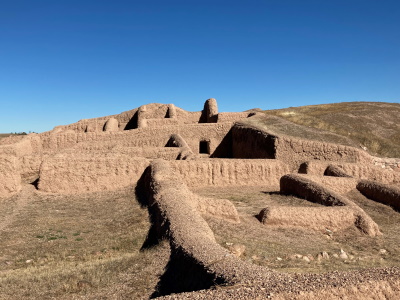
The Archeological Zone of Paquimé, Casas Grandes is an archaeological site of a settlement of the Pueblo culture.
The remains show the connection between the adobe architecture of the Southwestern United States and the more complex structures of Central American cultures. Paquimé developed between 1200 and 1400 into an important commercial center with about 10,000 inhabitants. It had a complex water control system.
Community Perspective: Easier to visit on a US road trip (see Randi’s description) than from Central Mexico (Els did so via Chihuahua). It lacks grand monuments but it is an interesting and calm place with a good on-site museum.
Qadisha Valley
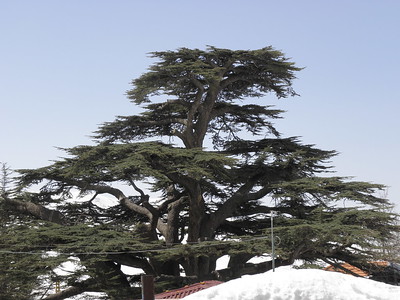
The Ouadi Qadisha (the Holy Valley) and the Forest of the Cedars of God (Horsh Arz el-Rab) is a cultural landscape encompassing early Christian monastic settlements and a rare forest of Cedar trees.
The valley has been a place of meditation and refuge since the earliest years of Christianity. The current communal and eremitic monastic complexes are mostly Maronite and are supported by terraces used for cultivation. The nearby Cedar Forest is seen as a sacred forest. It holds the remaining specimens of a great forest that supplied prized building materials and gave Lebanon its fame in Antiquity.
Community Perspective: best visited on a day tour or using private transport, as it is in a remote mountainous location. Juha hiked through the area and visited a number of its monasteries and chapels along the way.
Rock Art of the Mediterranean Basin
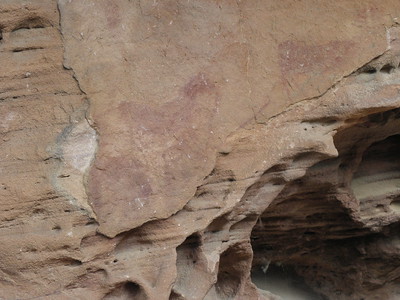
The Rock Art of the Mediterranean Basin on the Iberian Peninsula comprises the largest group of rock art sites found in Europe.
They consist of 758 prehistoric sites in eastern Spain and represent a distinct rock art tradition. They are mostly exposed in the open air. These rock art sites form an exceptionally large group; the figures are relatively small in size and depict scenes from the transition stage from hunter-gatherer to sedentary farmer.
Community Perspective: We think the number of locations is a joke (“If you need 758 locations to assert OUV you can imagine how weak each one of them must be.”). If you want to visit some without the need for a specialist guided tour, check out the Sierra de Albarracín (as described by Els) or Monte Arabí (visited by Clyde) or El Cogul (Alexander) or Pedra de les Orenetes near Barcelona (Caspar, on public transport) or La Sarga (Watkinstravel, free tours on Sunday). Most of the rock art can only be “appreciated” from behind a fence.
Routes of Santiago de Compostela in France
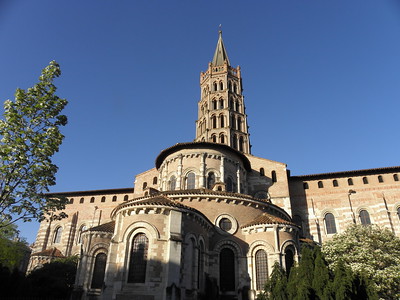
The Routes of Santiago de Compostela in France represent the routes and conditions of the pilgrimage and the cultural exchange it stimulated.
Four main routes were followed through France by pilgrims since the late Middle Ages to get to Spain and eventually Santiago de Compostela. The associated buildings that catered to the spiritual and physical well-being of the pilgrims comprise churches, bridges, hospitals and other wayside constructions.
Community Perspective: Comprising 71 sites (of which 7 are already inscribed separately) plus 7 stretches of the route of the Chemin du Puy, this format for a WHS has raised eyebrows (see Solivagant’s review). It does contain many fine buildings though (see the reviews by Hubert, Thibault, Tsunami and Ilya for some ideas), with the Tour Saint-Jacques-de-la-Boucherie in Paris maybe the most symbolic as it’s the starting point.
Semmering Railway
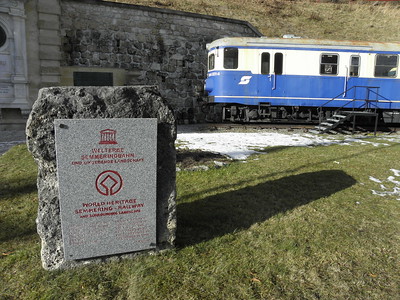
The Semmering Railway was the first mountain railway that crossed a high-mountain area.
The 41km long railway was constructed in the mid-19th century and features 14 tunnels (among them the 1,431 m vertex tunnel), 16 viaducts (several two-story) and over 100 curved stone bridges as well as 11 small iron bridges. It opened up new areas to live in and to use for recreation, which can still be seen in its 'summer architecture' in the Alpine resorts.
Community Perspective: trains southward from Vienna still take the Semmering pass route, so you can ‘experience’ the engineering sitting on a train. It’s also worthwhile to make a stop at the resort town of Semmering (as did Els). Clyde recommends hiking the Bahnwanderweg.
Sub-Antarctic Islands
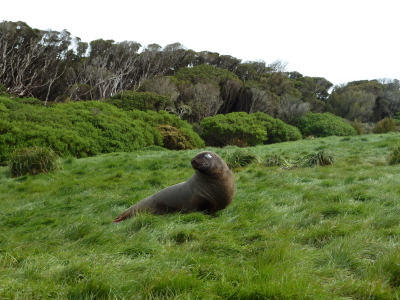
The New Zealand Sub-Antarctic Islands comprise some of the world’s least-modified islands and the surrounding marine area.
As a group, they hold an outstanding diversity of endemic and threatened species among its marine fauna, land birds, and invertebrates. It’s an important area for research into island dynamics and ecology, such as the study of the loss of flight in birds. It also has the most diverse community of seabirds in the world with eight species endemic to the region
Community Perspective: This site has been unreviewed so far. The included islands are: Antipodes Islands, Auckland Islands, Bounty Islands, Campbell Island group, and The Snares.
Summer Palace
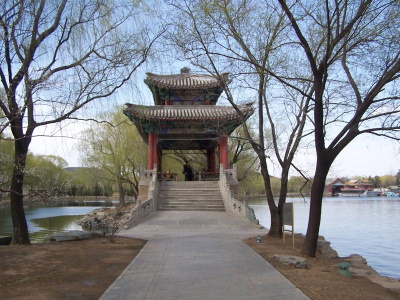
The Summer Palace, an Imperial Garden in Beijing, is a masterpiece of Chinese landscape garden design that is noted for its harmony and large scale.
This "New” Summer Palace landscape is dominated by Longevity Hill and Kunming Lake. In addition to halls and pavillions that provided political and administrative functions, it contains large areas for recreational use to enjoy views and spiritual contemplation. The garden has had a major influence on subsequent oriental garden art and culture.
Community Perspective: Not to be confused with the “Old” Summer Palace which is in ruins, this large site provides magnificent views and the boat trips are good as well. “If strolling around the lovely pavilions doesn't convince you that you're in the heart of Chinese culture, nothing will.”
Temple of Heaven
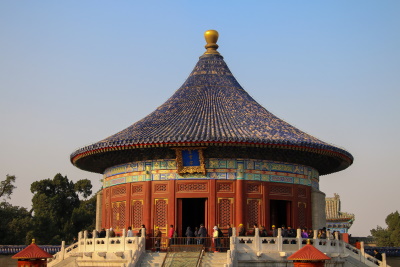
Temple of Heaven: an Imperial Sacrificial Altar in Beijing represents the legacy of the feudal Ming and Qing dynasties.
Here their Emperors would act as middlemen between humankind on Earth and Heaven, and pray for good harvests. The temple complex is a precious example of China's ancient architecture and its symbolic layout and design influenced subsequent sacrificial sites in the Far East.
Community Perspective: An oasis of peace almost in the heart of Beijing, an exquisite wooden structure whose grounds include dozens of unique stone carved images along stairways. The park is also good for watching people “playing music or singing, chatting, playing cards” and “water calligraphy, mass participation Tai chi, practice sword fighting and line-dancing to Europop”.
The Four Lifts
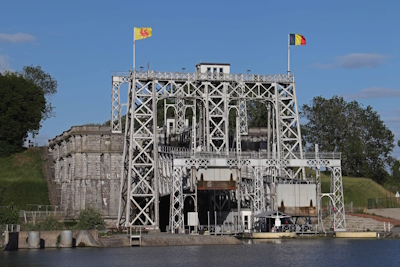
The Four Lifts on the Canal du Centre and their Environs comprise well-preserved examples of 19th-century hydraulic engineering applied to canals.
To expand the Canal to bigger boats and thus better support the coal export from the industrial region of Hainaut, four hydraulic boat lifts of English design were installed. This method was necessary because of the differences in height of the Canal. Most of this rise is concentrated in a few kilometres - hence the artificial help. These four boat lifts are the only ones globally that still exist in their original working condition.
Community Perspective: It’s a nice walk along the canal, but Tsunami recommends doing a boat tour which will take you through one of the old Lifts.
Tlacotalpan
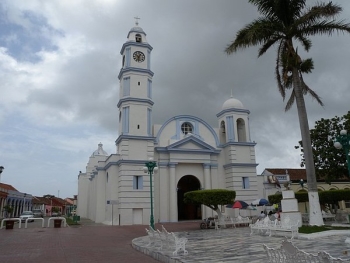
The Historic Monuments Zone of Tlacotalpan represents the townscape of a Spanish colonial river port.
The buildings are mostly single-storey and in Caribbean style, with exuberant use of colour. The town was laid out in the checkerboard style with many open spaces and trees. It contained separate quarters for the Spanish and natives.
Community Perspective: Nowadays it’s a sleepy backwater and you will mostly remember the long sugar cane "tractor trains" on the road while getting there. Clyde recommends doing a riverboat trip.
Troy
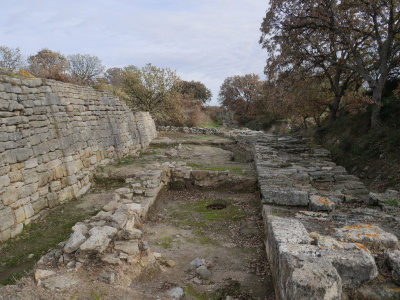
The Archaeological Site of Troy comprises the remains of a citadel and lower town which have been settled for over 3,000 years.
The most visible remains date from ancient Troy II and VI and later Roman and Greek settlements. The site is the traditional location of Homeric Troy and the center of the Trojan War. It is located where Anatolia, the Aegean, and the Balkans met.
Community Perspective: “Anyone familiar with the stories of the Trojan War will find it difficult to imagine the city of legends in this jumble of layers of ancient ruins.” The site itself is rather small and has few (if any) memorable structures. A visit should include the nearby Troy Museum which was opened in 2018.
Urbino
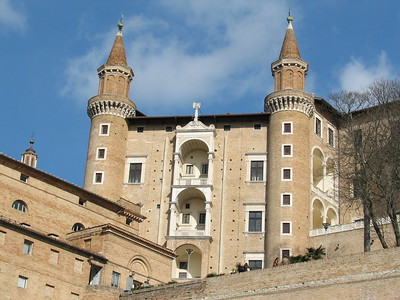
The Historic Centre of Urbino is remarkable for its legacy of Renaissance culture.
Urbino was radically rebuilt in the 15th century under the patronage of its duke Federico da Montefeltro. His court attracted many humanist scholars and artists and was a leading example among European courts of that time. While the city kept its medieval urban layout, a new set of walls and many monumental buildings were added.
Community Perspective: It’s not in the same league as the great Renaissance cities, but has its own charm. The Ducal Palace and the view of the city skyline from the park in front of Fortrezza di Albornoz are not to be missed.
Extended Sites in 1998
Asturian Monuments
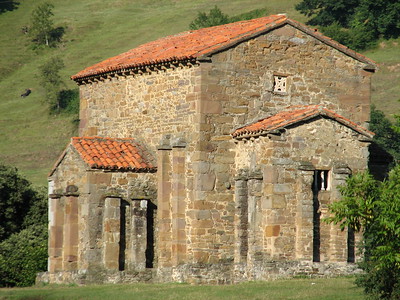
The Monuments of Oviedo and the Kingdom of the Asturias represent a distinct form of medieval Christian architecture developed in isolation.
The six constructions all date from the 9th century when Asturias was a stronghold of Christianity while the Iberian Peninsula was mostly under the Emirate of Cordoba. An innovative pre-Romanesque architectural style developed in this isolated region north of the Cantabrian mountains. The rich decors were inspired by the styles of the Arab world and Asia Minor.
Community Perspective: The six are still in a remote setting, but the main ones can be reached on public transport (and a bit of walking) from Oviedo as testified by Nan. The three later added components in the city of Oviedo are easily covered but less rewarding.
Els Slots The Netherlands - 03-Aug-09

I had chosen "Oviedo" as the short title for this WHS, but digging more into the subject of this nomination I realized that that is misleading. The City of Oviedo isn't on the World Heritage List, although Spain tried it in 1998. It got rejected: "ICOMOS does not consider the historic centre of Oviedo per se to be of World Heritage quality". This WHS is all about a few surviving 9th-century monuments, the best examples of the Asturian pre-Romanesque architecture.
The original nomination (dating from 1985) highlighted 3 churches: Santa María del Naranco, San Miguel de Lillo and Santa Cristina de Lena. The first two are located in Naranco, a few km north of Oviedo, while the latter is in Lena (about 35km south)
Read On